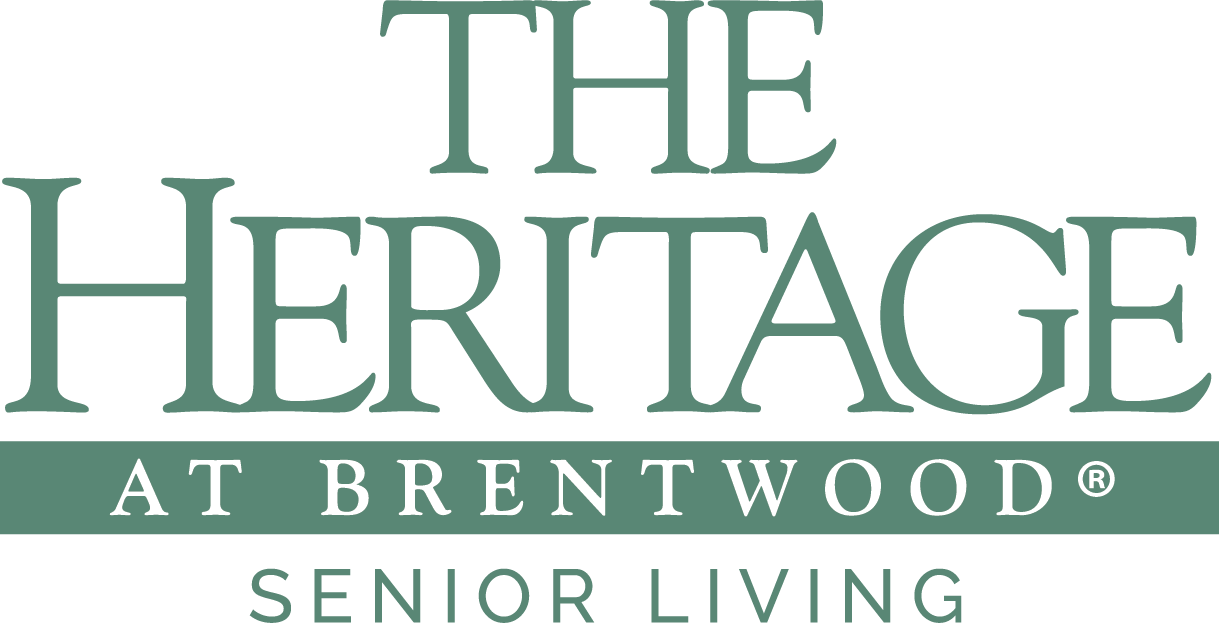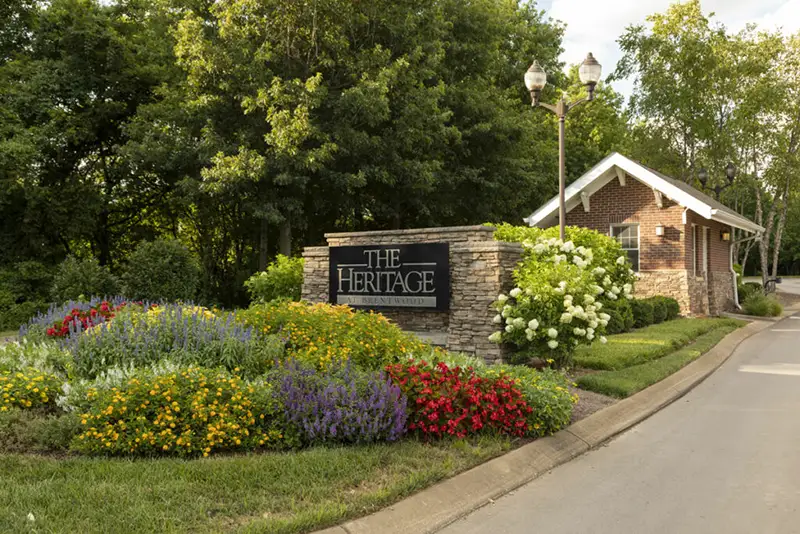
How to Get to Know a Senior Living Community When You Can’t Visit
Choosing the right retirement community is a big decision because it’s really several major decisions rolled into one. It’s a personal choice of location and a residence. It’s a social choice of the people who will be part of everyday life. It’s a financial choice affecting savings and an estate. And it creates a plan for health care while aging in place.
Balancing these decisions for the best outcome may feel challenging, but it’s not insurmountable. Make it a point to become an expert on each community that’s being considered. Gather the information needed to understand the differences that separate one senior living community from another. Before moving into a retirement home, it was considered essential to tour the campus and get to know the people who live and work there. This is not always possible nowadays due to social distancing, but communities are often willing to arrange safe, private tours, especially for those who are moving from out of state. However, it’s still possible to evaluate the community in other ways.
Take a Virtual Peek

Many communities have taken their tours online. Prospective residents can schedule an appointment where a staff member will answer their questions and walk them through the campus on a virtual tour. Tours can be personalized to each person’s interests, and include amenities, grounds, common areas and even available residences if they wish.
Take advantage of virtual events offered. Informational webinars, health and wellness talks, financial workshops, and other online group discussions provide opportunities to interact and ask questions. And remember to take a good look at the community’s website. These websites almost always feature a photo and video gallery or testimonials from residents. Even though testimonials are intended to show the community in the best possible light, they reveal a lot about the culture and the kinds of amenities and services people enjoy.
When you interact with residents and staff, remember no question is too big or too small. This choice will affect not just you, but your whole family. Here are some general questions to ask when looking for a retirement community:
- What are the residences like?
- What food options are available?
- Which utilities are included?
- What activities are available?
- How do residents stay socially active and connected?
- Where does community transportation go?
- What health and security safeguards are there?
- What training and qualifications do staff have?
- What background checks does the community conduct on staff?
- What can residents do if they have a complaint?
- What is the continuum of medical care?
- What are the costs?
- How does the community communicate with residents and families?
Making a Decision

As you weigh the pros and cons of each community, arm yourself with the information you need to make the best possible decision. Here are 10 factors to consider when choosing the right retirement community:
1. Location
Location is key, especially when appraising how often family and friends will visit. Frequent flyers or drivers should select a community with easy access to transportation hubs such as airports, train stations or highways. Check to see if community transportation covers desired destinations.
2. Mission and Purpose
Check the community’s website for their mission statement. Some include a list of values or a philosophy of stewardship. Read through and decide which communities align most closely with your personal attitudes and beliefs.
3. Surrounding Areas
Shops, dining, entertainment and recreation — a quick search on Google Maps will display the amenities and services near each community under consideration. If activities such as playing nine holes, taking university classes, going fishing or attending the opera rank high on the list, it makes sense to live where they’re easy to get to.
4. Community Type
From continuing care retirement communities to cooperatives to rentals, senior living arrangements differ widely. Additionally, residential floor plans can range from free-standing villas to duplexes and apartment homes. Depending on personal and financial preferences, one type of community may be better than another.
5. Levels of Care
Not all communities provide an array of health services. Some only offer services and amenities suitable for active seniors. Others, like The Heritage at Brentwood, offer a full spectrum of senior health care. Ask if there’s a health care navigator to help residents with individual wellness and health care programming.
6. Diversity
A sense of belonging and engagement promotes well-being and quality of life. Ask residents and staff if the culture encourages friendliness, courtesy and tolerance. Are residents of different races, backgrounds, beliefs and abilities accepted and included? Sometimes the types of clubs, committees and activities hosted by the community can be a clue to the culture as well.
7. Activities
Wellness and enrichment-oriented activities are a feature of many senior living communities. Check that wellness coaches and fitness instructors are professionally certified. Ask to see a copy of the activities calendar and a list of resident clubs and committees. Scan them to see if there are any that interest you.
8. Pets
Moving into a retirement home shouldn’t mean saying goodbye to a pet. Seniors who have a pet or are thinking of getting one need to know what the community policies are regarding pet ownership. If a community is pet-friendly, there may be extra fees and restrictions on the numbers and size of pets one can own.
9. Financials
Ask about the types of contracts a community offers and compare the value of the options that are available. Conduct due diligence into the stability and financial outlook of the community and its operators. The community should be open with financial information and willing to share it. Take note if they aren’t transparent about these issues or only offer extremely limited information.
10. Profit or Nonprofit
For-profit CCRCs such as the Heritage are expected to meet high standards of fiscal responsibility and governance, as they have a responsibility to investors or shareholders. Not-for-profit CCRCs are often owned by religious or faith-based groups which follow individual operating guidelines. Contrary to popular belief, both types of communities strive to provide a home should the resident run out of retirement savings, and both reinvest in their facility to improve life for their residents. When deciding between these two types, make your choice based on the individual merits of a community.
11. Resident Reviews
Because of social distancing, see if it’s possible to attend a virtual meet-and-greet to hear what community residents have to say about their home. Or look up the community on social media to read their comments. Find out what kinds of virtual events are offered where you can get to know residents and ask questions.
Reach Out
The right community will open new doors to growth, friendship and contentment for the years ahead. Take the time you need to consider all the facts. Meanwhile, know that the friendly staff at The Heritage at Brentwood staff are always here to answer questions or provide information during an in-person or virtual appointment.



